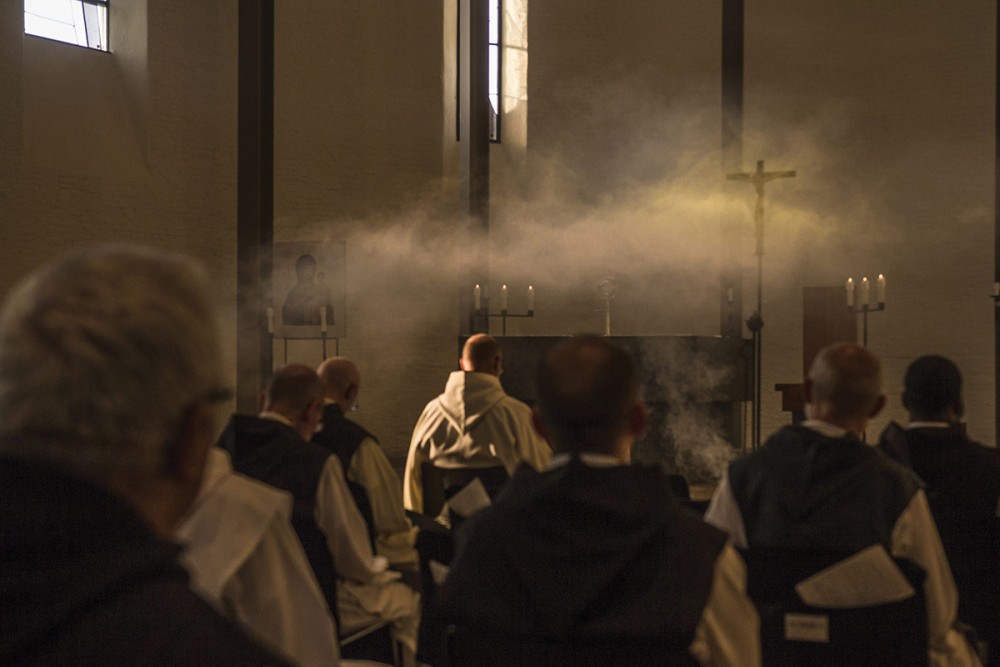The Trappist monks of Mepkin Abbey taught me how to pray again
So why didn’t I want to introduce my Methodist congregants to them?

I first learned to pray from evangelicals who converted me at a Christian camp. Prayer was a “quiet time,” reading the Bible and petitioning God, usually at the start of the day. I was encouraged to pray with the acronym ACTS: adoration, confession, thanksgiving, and supplication. This practice worked just fine for me, until it didn’t. After 20 years or so it started to feel like I was talking to myself.
In seminary, friends told me about Mepkin Abbey, a Trappist monastery in South Carolina Low Country, near the coast. We were learning about the great traditions of the church, including monasticism, and whatever Protestant bias I had was washed away as I recognized that the church had found wisdom and grace through monks and nuns for millennia. We cannot find a time, until the Reformation, when there was Christianity without monks and nuns. I sometimes now speak of Reformed Christianity as an experiment in being Christian without anyone anywhere vowing poverty, chastity, and obedience. The early returns, 500 years on, are not positive.
The monks at Mepkin Abbey taught me how to pray again.




